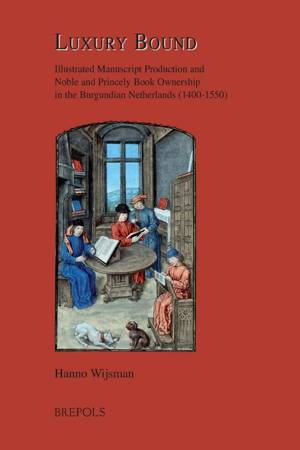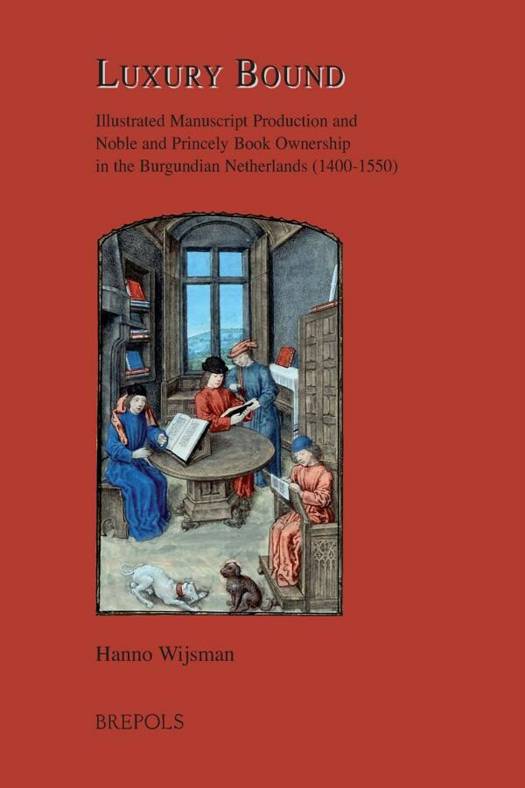
- Afhalen na 1 uur in een winkel met voorraad
- Gratis thuislevering in België vanaf € 30
- Ruim aanbod met 7 miljoen producten
- Afhalen na 1 uur in een winkel met voorraad
- Gratis thuislevering in België vanaf € 30
- Ruim aanbod met 7 miljoen producten
Zoeken
Luxury Bound
Illustrated Manuscript Production and Noble and Princely Book Ownership in the Burgundian Netherlands (1400-1550)
Hanno Wijsman
€ 100,70
+ 201 punten
Omschrijving
This interdisciplinary study presents a two-part survey of the production and ownership of luxury manuscripts in the late-medieval Netherlands. Part I analyses a corpus of 3,700 illustrated manuscripts produced between 1400 and 1550 in the Low Countries. The result is a cornucopia of information about many aspects of manuscript production: chronological, geographical and gender distribution, the genres of texts, the languages used, the dimensions of books, the number of illustrations, and the relationship between the making of hand-written and printed books. Part II examines the libraries of the pre-eminent owners of illustrated manuscripts in the Netherlands: the ducal family and the noble elite. The great bibliophile Philip the Good set an example of book collecting that was emulated by the nobles of the court, creating a typical 'Burgundian' fashion in book ownership by which a small elite demonstrated a well defined group identity. Luxury Bound charts this new vogue in books and reading, an important aspect of cultural change in the late-medieval Low Countries.
Specificaties
Betrokkenen
- Auteur(s):
- Uitgeverij:
Inhoud
- Aantal bladzijden:
- 717
- Taal:
- Engels
- Reeks:
- Reeksnummer:
- nr. 16
- Geïllustreerd:
- Ja
Eigenschappen
- Productcode (EAN):
- 9782503525587
- Verschijningsdatum:
- 1/03/2011
- Uitvoering:
- Hardcover
- Formaat:
- Genaaid
- Afmetingen:
- 188 mm x 257 mm
- Gewicht:
- 2118 g

Alleen bij Standaard Boekhandel
+ 201 punten op je klantenkaart van Standaard Boekhandel
Beoordelingen
We publiceren alleen reviews die voldoen aan de voorwaarden voor reviews. Bekijk onze voorwaarden voor reviews.











